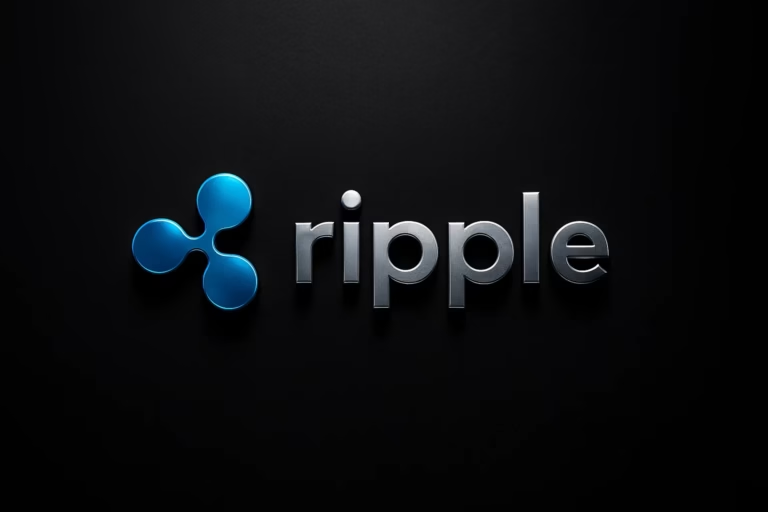
- The Ripple CTO David Schwartz suggests refining the XRPL account reserve process to ensure stability and a better user experience.
- By lowering the reserve, the network aims to promote greater adoption while addressing potential risks through a more predictable and secure system.
As the world of cryptocurrency continues to expand, innovations within blockchain technology are essential for fostering widespread adoption. Ripple’s XRP Ledger (XRPL), one of the most widely used blockchain networks, is at the forefront of this evolution. Recently, Ripple CTO David Schwartz proposed changes to the XRPL account reserve, aiming to enhance user experience while maintaining network stability.
The Need for Change: Lowering XRPL Reserves
The decision to lower the XRPL account reserve has sparked discussions within the community, with Ripple CTO David Schwartz advocating for a more refined process to balance accessibility and security. Account reserves refer to the amount of XRP a user must lock to activate an XRPL account and manage NFTs or other assets on the blockchain. These reserve fees are crucial in preventing spam and malicious activity while ensuring the network operates smoothly.
Challenges in the Current Voting Process
One of the primary challenges in the XRPL account reserve process lies in the voting mechanism. Currently, validators can adjust reserve parameters once every 15 minutes, with the network setting the median of their preferences. However, Schwartz highlights a flaw: validators must actively participate for their votes to influence reserve changes. In situations where validators are inactive, the network may experience instability, bouncing between two reserve levels. This leads to a poor user experience, which is a concern for long-term adoption.
Proposed Enhancements: Streamlining the Voting Process
To address these issues, Schwartz suggested a more stable approach to the XRPL fee voting process. His key proposal includes setting a default “off” preference for reserve adjustments, ensuring that changes require explicit validation from validators. This would create a more predictable user experience and minimize unnecessary fluctuations.
Additionally, Schwartz emphasized that the default setting should neither lean towards lowering nor raising reserves unless a validator explicitly makes the change. By making these changes, the XRPL can move toward a more stable and transparent system that promotes consistent development.
The Impact of the Recent Reduction
On December 2, the XRPL implemented a reduction in the base reserve from 10 XRP to 1 XRP and the owner reserve from 2 XRP to 0.2 XRP. While this adjustment was seen as a step towards fostering greater adoption, Schwartz acknowledges that the reduction may have been more aggressive than anticipated.
Concerns about excessive exposure to denial-of-service attacks have been raised due to the lowered reserves. This is because a lower reserve could potentially make the network more vulnerable to spam and malicious attacks. However, Schwartz believes that raising account reserves after their reduction will be more challenging, as doing so would require locking up XRP, which could limit user flexibility.
A Thoughtful Approach to Evolution
Despite the risks associated with a lower reserve, Schwartz urges a thoughtful approach as the XRPL continues to evolve. By refining the voting process and maintaining a balance between accessibility and security, the XRPL aims to create a sustainable ecosystem for its users.
In conclusion, while lowering the XRPL reserves marks a significant step toward increased adoption and flexibility, ongoing discussions and adjustments are essential to ensure a stable and user-friendly blockchain experience.




